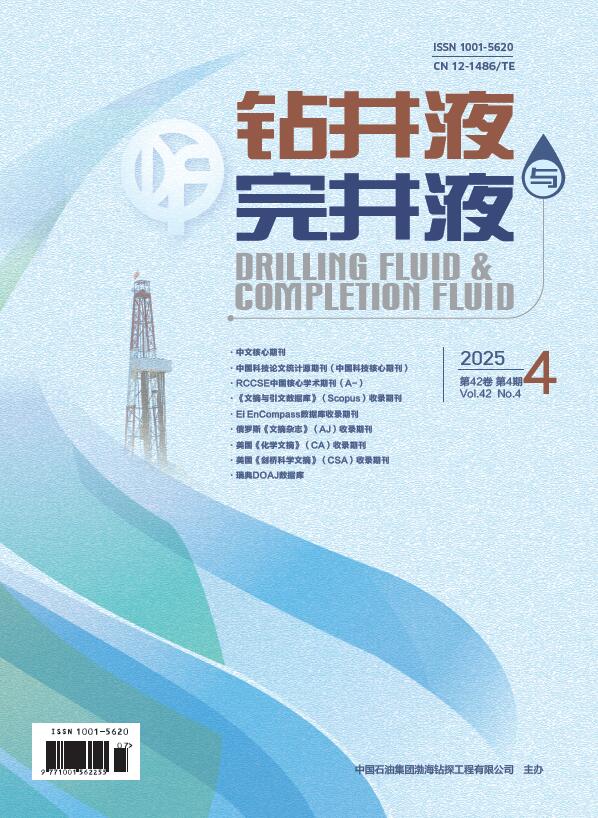Abstract:
In response to the need for safe, fast, and efficient drilling, a series of research and applications in drilling fluids have been carried out in China in recent years, and new progress has been made.To facilitate a comprehensive understanding of the current status of drilling fluid technology, promote the continuous standardization of drilling fluid systems, and improve the functionality, performance, and usage level of drilling fluids, this article summarizes the recent research and application of water-based drilling fluids, oil-based drilling fluids and synthetic based drilling fluids, Among them,water-based drilling fluid mainly includes high-performance drilling fluid, ultra-high temperature ultra-high density drilling fluid, foam drilling fluid, environmental protection and reservoir protection drilling fluid,oil based drilling fluids mainly include pure oil-based drilling fluids, water in oil emulsion drilling fluids, and soilless oil-based drilling fluids, synthetic based drilling fluids mainly include Hydrocarbon based synthetic drilling fluids, ester based drilling fluids, and biomass based synthetic drilling fluids, these drilling fluid systems meet the needs of drilling deep and ultra deep wells as well as shale oil and gas horizontal wells.An analysis was conducted on the problems and their causes in the research and application of drilling fluids, And based on the existing problems, propose suggestions for the development of drilling fluid.This review has a certain reference value for the research, application, and standardization of drilling fluids in china.
WANG Zhonghua.Research and application status, existing problems and development suggestions of drilling fluid in China[J]. Drilling Fluid & Completion Fluid,2025, 42(4):425-441. doi: 10.12358/j.issn.1001-5620.2025.04.001.



